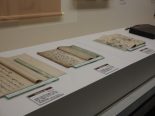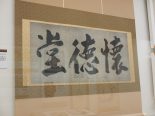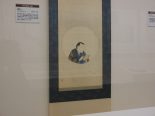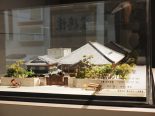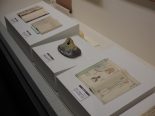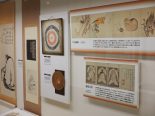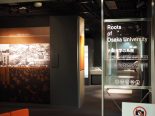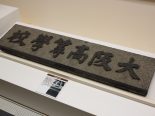Roots of Osaka University
大阪大学の系譜(Roots of Osaka University)
Osaka University has inherited its academic progress from Osaka citizens who studied in establishments such as Kaitokudo and Tekijuku, and is continuing to pass on this knowledge today. At the Museum, it is possible to get an overview of said academic progress and research activities, as well as the University’s relationship with society.
Kaitokudo and Tekijuku
Kaitokudo was a place of learning in Edo-period Osaka. It was established in 1724 at 1-chome, Amagasaki, Semba (currently Imabashi, Chuo-ku, Osaka), through investments from powerful merchants such as Domyojiya and Konoike. In 1726, it was officially recognized as an Osaka academic establishment by the Shogunate. It taught neo-Confucianism as a governmental school, but also boldly incorporated Western teachings in medicine and astronomy, and functioned as the center of academia in Western Japan until the year of its closing in 1869.
Tekijuku was a school for Dutch studies in Osaka that was established in 1838 by Ogata Koan. It was also known as the Teki-teki-sai Juku. It was initially located in Kawaramachi, but relocated to Kashomachi (currently Kitahama, Chuo-ku, Osaka) in 1845. The school conducted focused learning of the Dutch language, and produced a multitude of young talent such as Omura Masujiro, Hashimoto Sanai, Fukuzawa Yukichi, and Nagayo Sensai. The Tekijuku location in Kashomachi still remains, and has been specified as a national important cultural property.
Osaka High School under the old system and the Naniwa High School
In the school system before the Second World War, there used to be high schools that provided a general liberal arts education for a select few exceptional students who endeavored to attend the Imperial Universities (known as the old system). It was in 1921 that the first old-system high school in Osaka, the Osaka High School, was established. The Naniwa High School followed on its heels in 1926, which was established on the grounds of the current Osaka University Toyonaka Campus. Both schools served as parent schools for conducting liberal arts education when Osaka University started anew as a new-system university after the war.

